No products in the cart.
SORGHUM Seeds Dried ORGANIC Bulk Herb,Sorghum bicolor Semens
$10.41 – $85.65
SKU: N/A
Category: Seeds
Botanical name: Sorghum bicolor
Common Names: Sorghum (Eng.) graansorghum (Afr); Common wild sorghum, Grain sorghum, Sudangrass
Habitat: Sorghum bicolor is an African crop, which is widely distributed throughout the world.
Different cultivars are found in different regions depending on the climate. It is adapted to a wider range of ecological conditions.
It is mostly a plant of hot, dry regions; still survive in a cool weather as well as waterlogged habitat.
Plant Description: Annual or short-term perennial, culms up to 4 m or more high, sweet except in grain types; panicle 8-40 cm long, loose or contracted; sessile spikelets 4- 6 mm long. Var. bicolor (Pers. )
Snowden: panicle loose and open, the upper branches slender and often drooping. Mature glumes of sessiIe spikelets either red or reddish brown, or straw coloured or yellowish, sometimes flushed with dark red or reddish brown; grain predominantly red or reddish brown.
There are no creeping rhizomes and the mature sessile spikelets are persistent, less than twice as long as wide, not ridged in the middle, 3-4.5 mm wide.
The bicolor sorghums are characterized by long, clasping glumes at least three – fourths as long as the broadly elliptical grain.
Plant Part/s Used Traditionally: Seeds
Packaging: Paper envelope PAP 22 / BS EN 26590-1 for nutritional purposes. Thus, the herbs are kept in the best possible way – no contact with light and moisture, with the ability to breathe through the paper.
Country of Origin: BULGARIA
WARNING: Just because herbs are ‘natural’, it does not mean that they are safe for everyone to use.
We cannot accept responsibility for any adverse effects which arise from self-medication.
To be duly informed consult with licensed naturopath before buying.
| Size | 50g (1.8oz), 100g (3.5oz), 250g (8.8oz), 500g (17.6oz), 900g (31.8oz), 1800g (63.5oz) |
|---|
Be the first to review “SORGHUM Seeds Dried ORGANIC Bulk Herb,Sorghum bicolor Semens” Cancel reply
Related products
Cooking
$4.49 – $98.25
Cooking
$3.49 – $85.75
Cooking
$11.49 – $248.25
Cooking
$4.49 – $98.25
$15.49 – $348.25
Cooking
$3.49 – $85.75
Cooking
$13.49 – $292.22

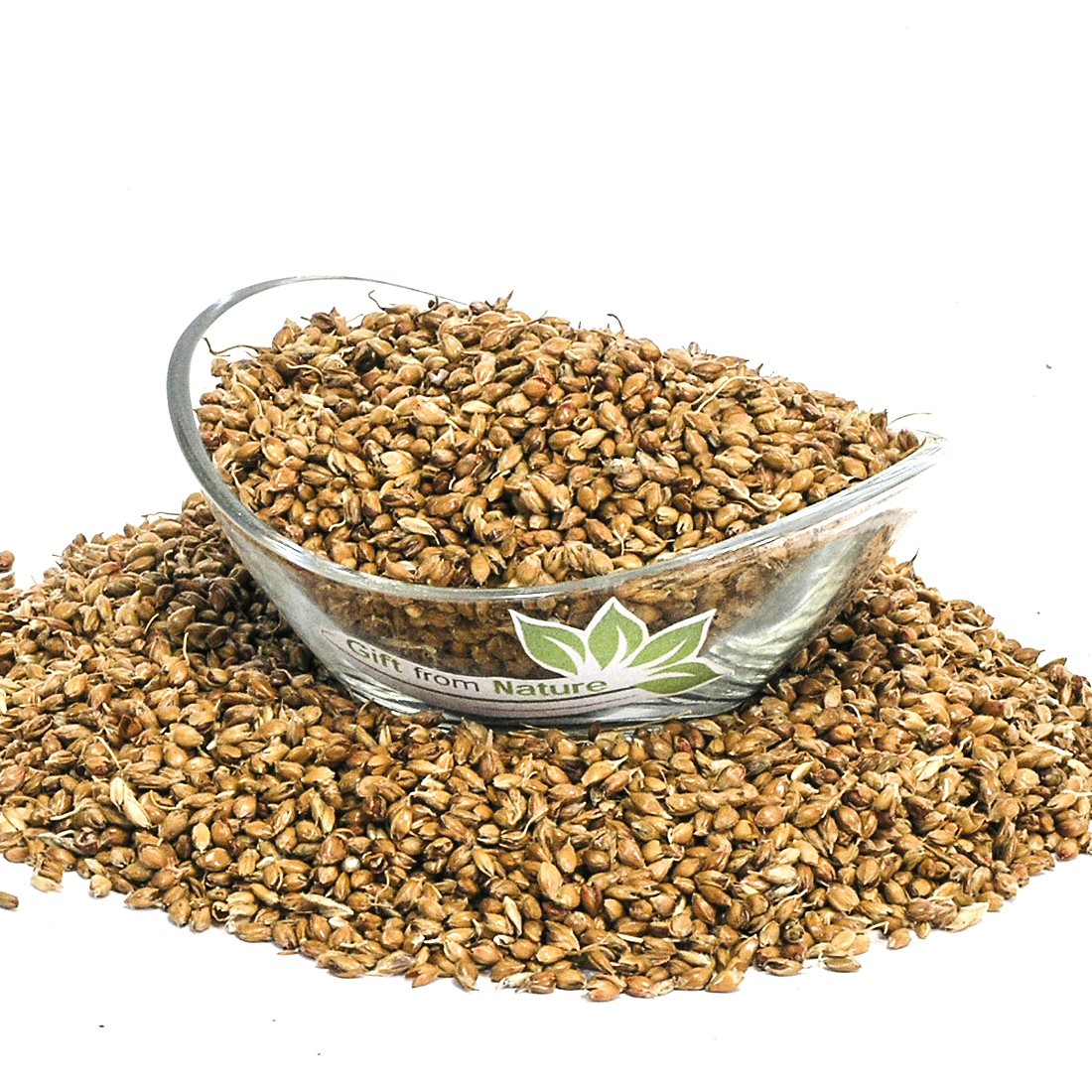
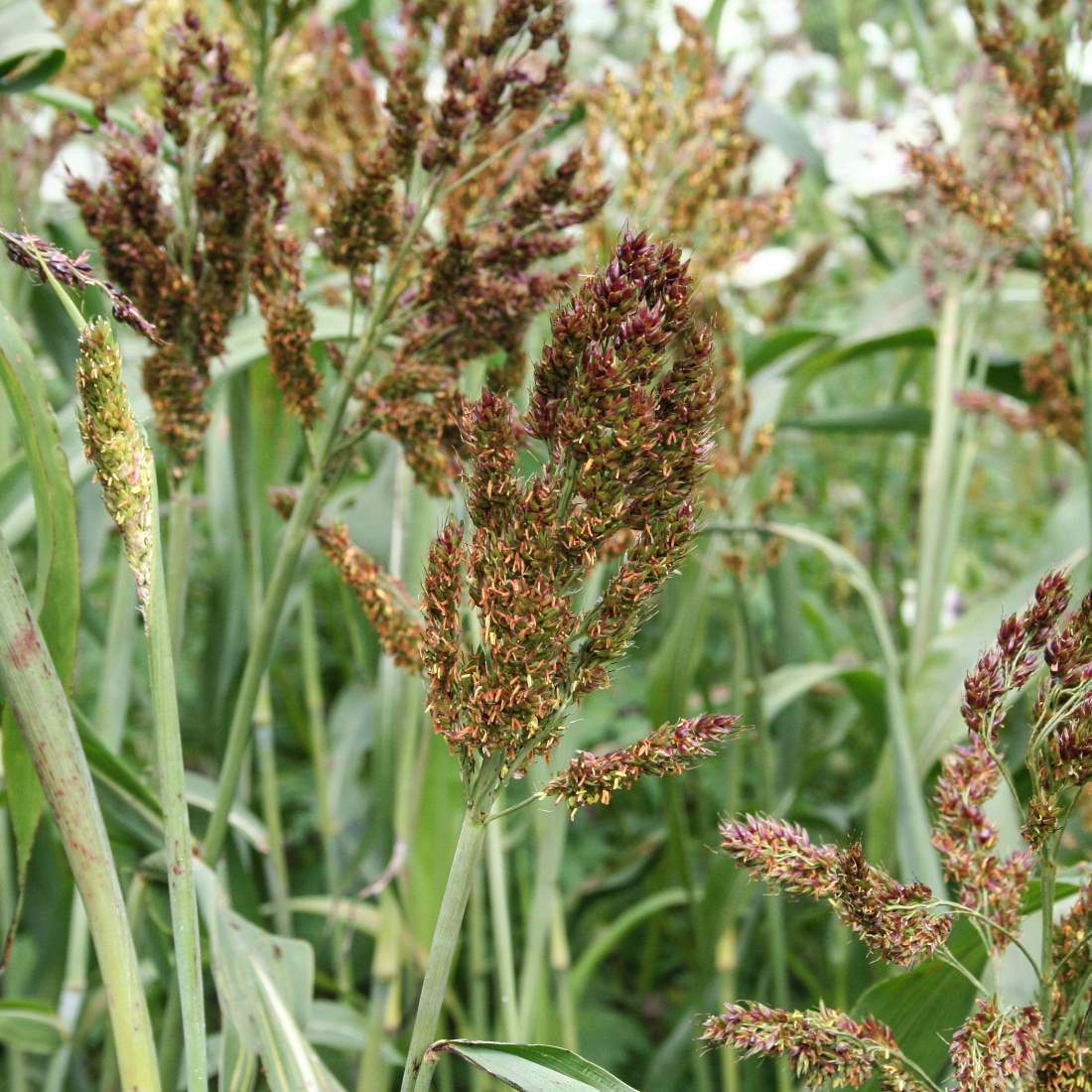
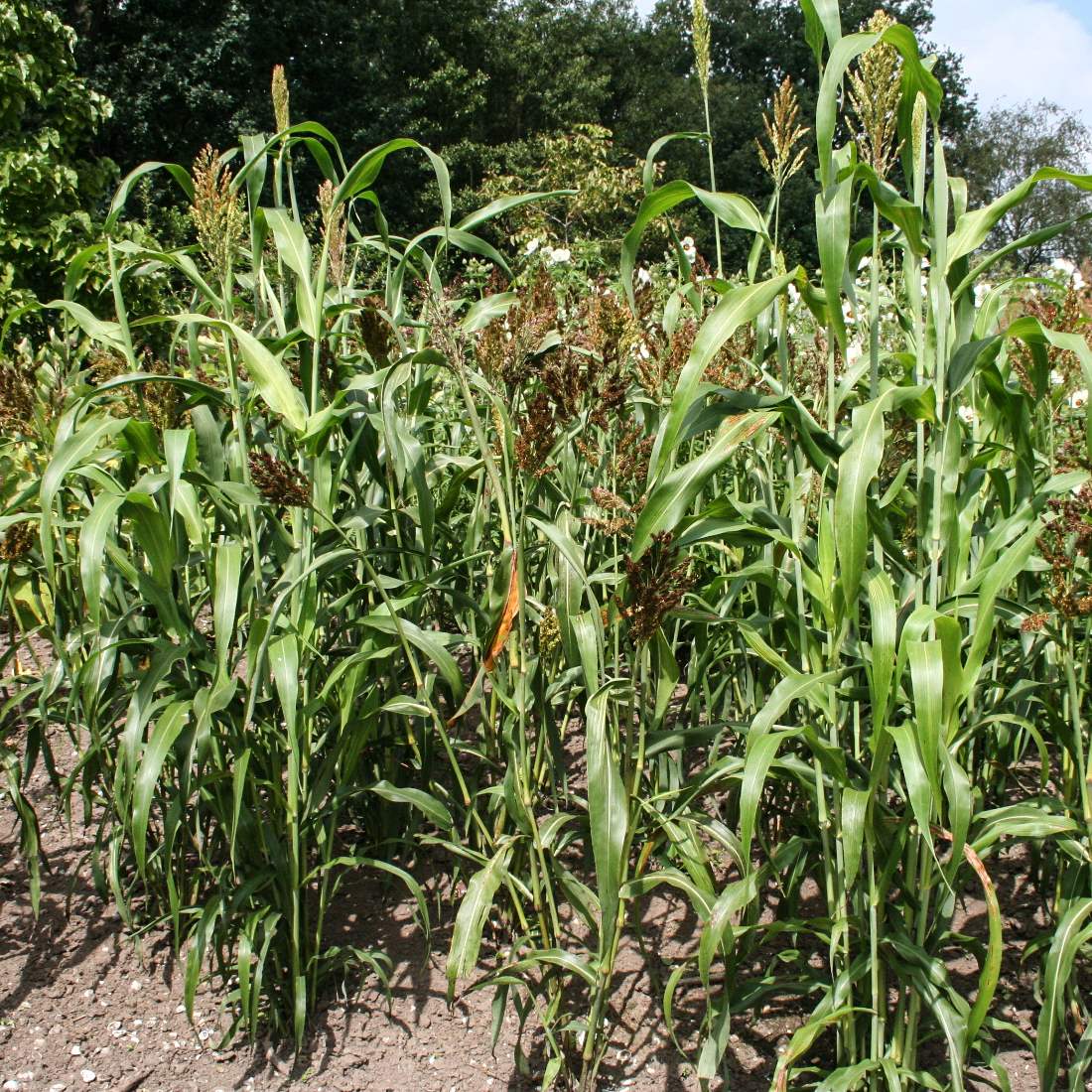
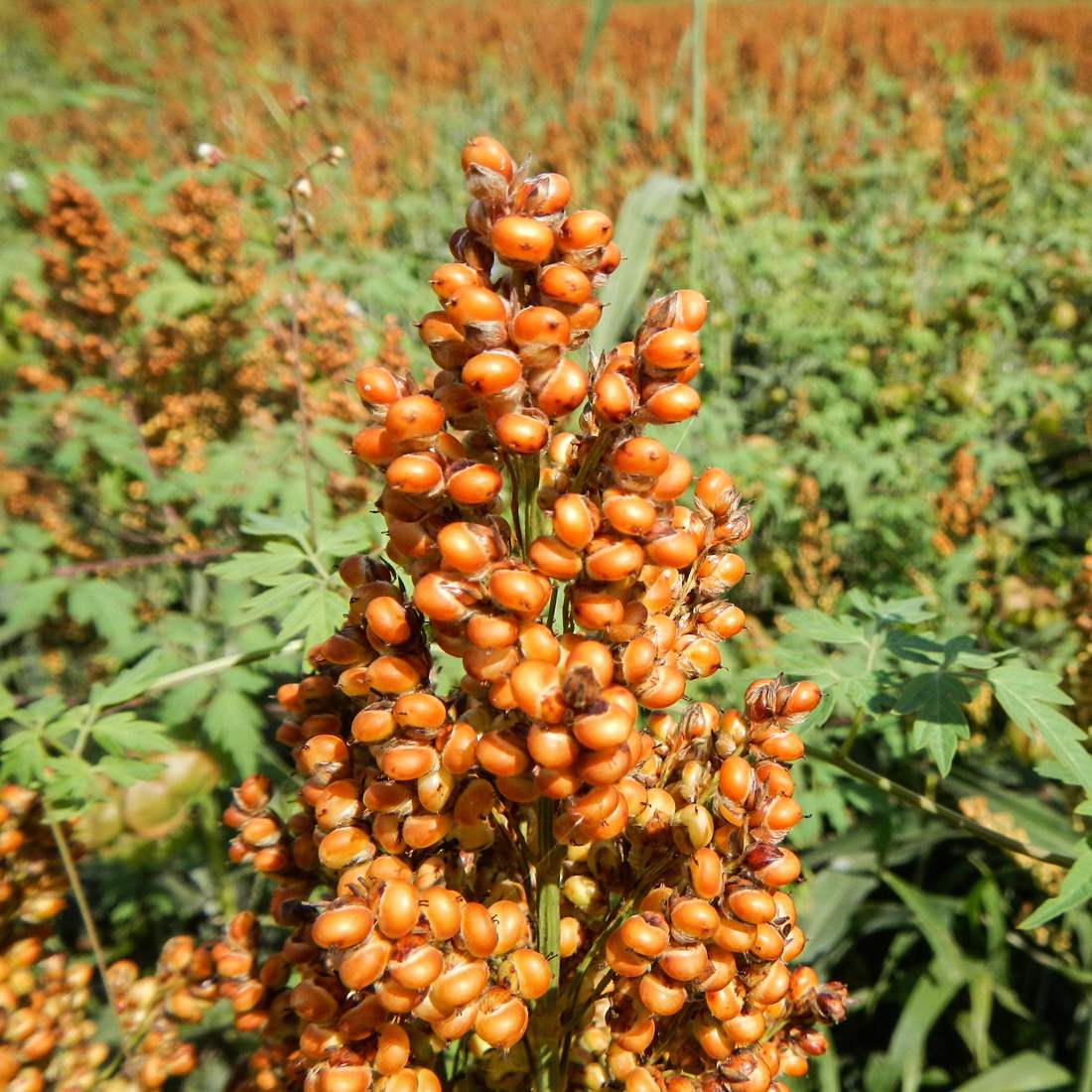
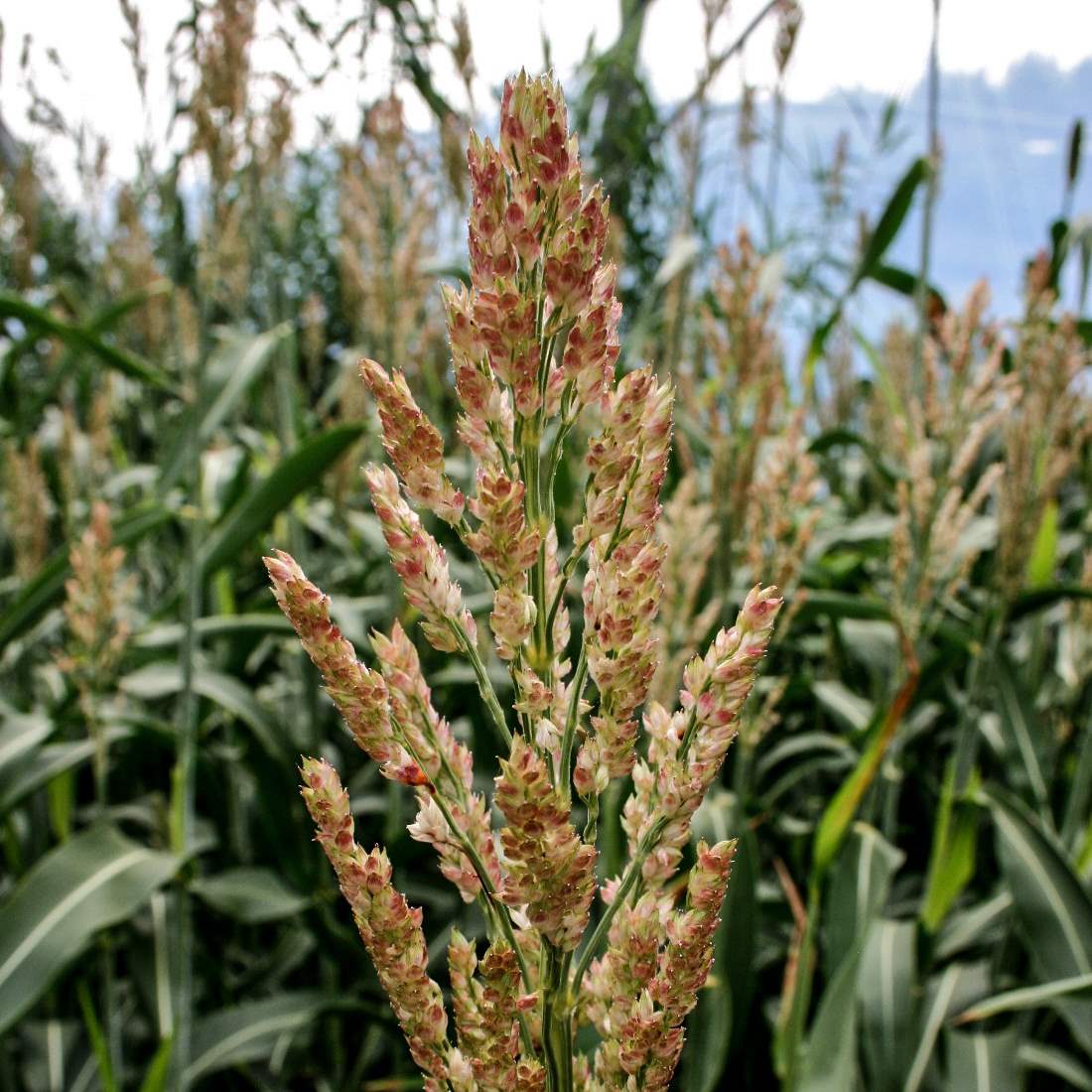
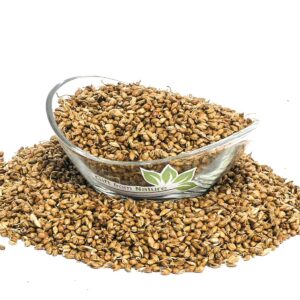
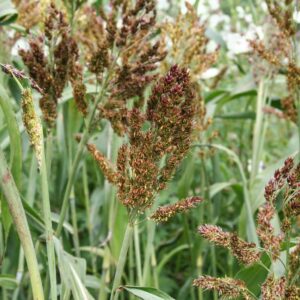
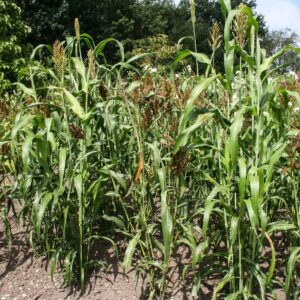
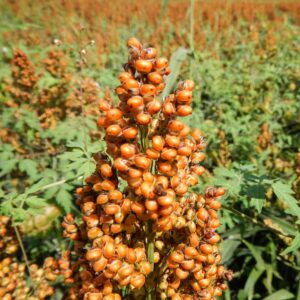
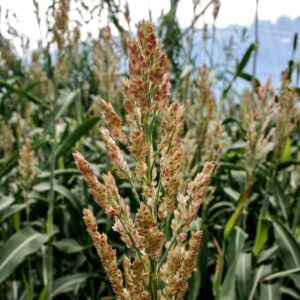
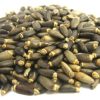
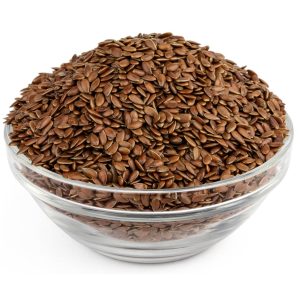


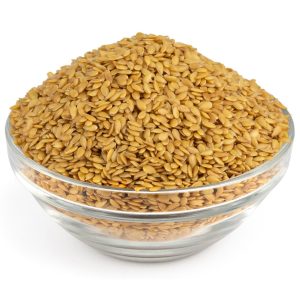

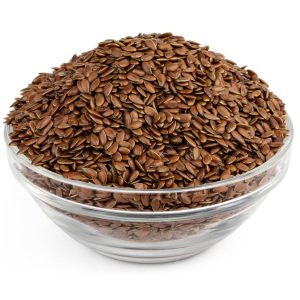
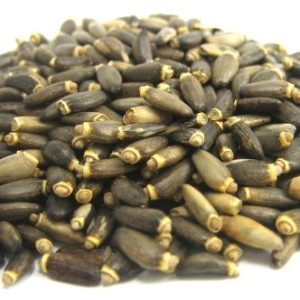
Reviews
There are no reviews yet.